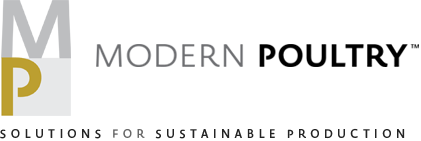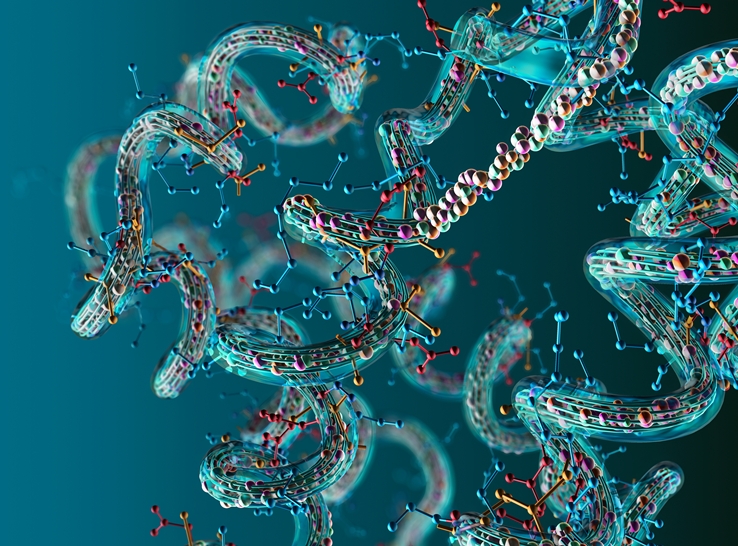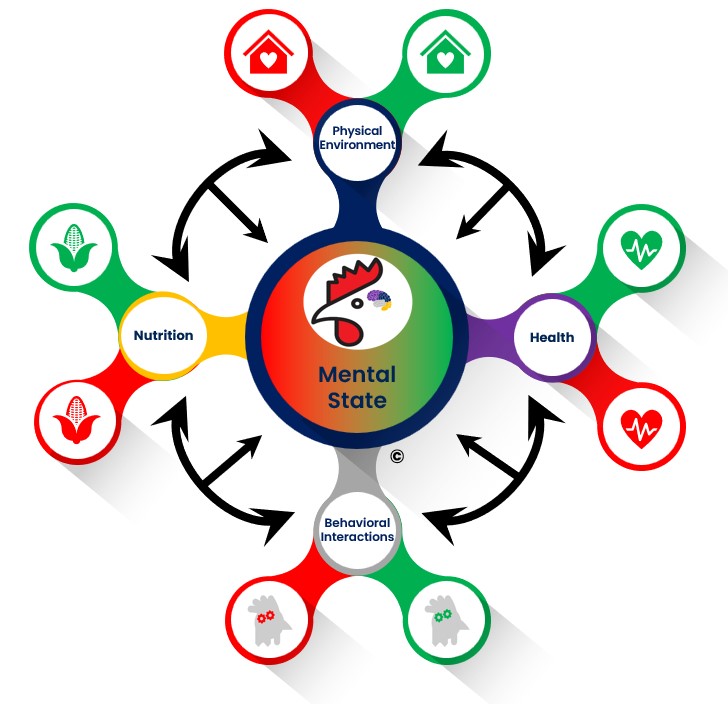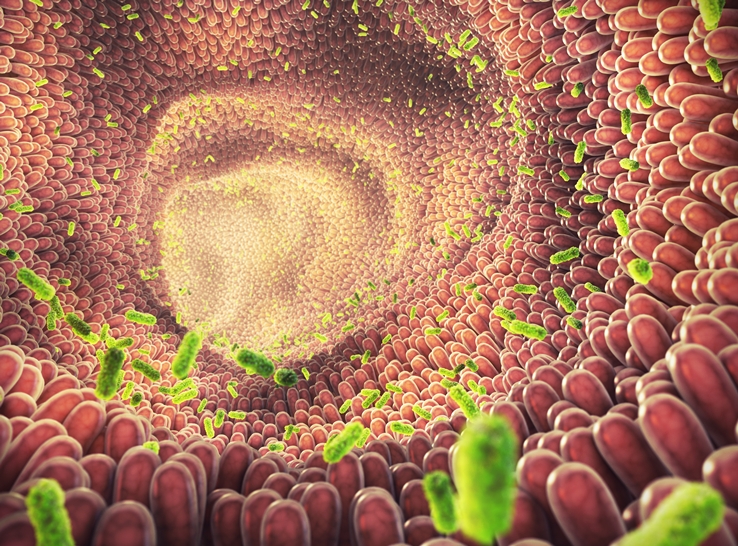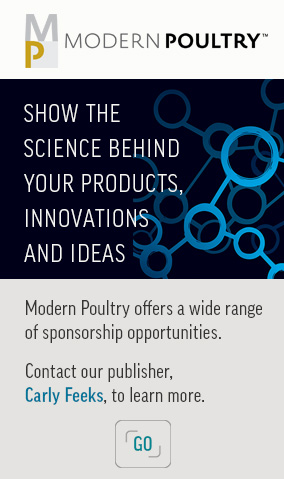By Ken Opengart, DVM, PhD, DACPV
3 Birds Consulting
Signal Mountain, Tennessee
Over the past 6 decades, the Five Freedoms have been the most frequently referenced framework when summarizing the poultry industry’s commitment to animal welfare.
They were conceived as aspirational statements that articulate an ideal well-being for animals. It’s important to understand, however, that the Five Freedoms were never intended to represent an overall picture of the mental state and welfare status of poultry and other animals. Rather, they were a simplified set of signposts to guide appropriate action.
Like all aspirational concepts that project an ideal state, there are gaps between concept and reality. The Five Freedoms therefore fit this mold, and it is, therefore, difficult, if not impossible, to achieve them in their entirety.
For example: For poultry to have the desire to eat and drink, birds must experience hunger and thirst. A framework that calls for “freedom from thirst and hunger,” therefore, may seem incongruous with our basic welfare or live-production objectives.
Likewise, to say that we or any other animal are free from fear or discomfort may be aspirational, but that may not be practical as most animals routinely experience both. It is also difficult or impossible to measure “freedom from” discomfort, fear, distress, hunger or thirst, making the practical application of the Five Freedoms problematic in real-world situations.
Additionally, the Five Freedoms primarily focus on the avoidance of negative experiences and outcomes. They do not, at all, address the promotion of positive welfare states — an equally important concern when assessing and addressing animal welfare. Accordingly, if we eliminate negative outcomes as the Five Freedoms call for, that does not necessarily guarantee that poultry and other animals will also have positive outcomes and experiences.
Limitations prevent action
Simply put, although the Five Freedoms framework has been in use for decades and has been important in the evolution of animal welfare science, it has limitations that prevent it from being actionable and, more importantly, driving the kind of continuous improvement that poultry producers should desire as a core element of their welfare program.
As with any field of science, there is an evolution of thought as we learn and understand more. Animal welfare science is no different. As the limitations of the Five Freedoms framework were recognized, a new framework called the Five Domains was conceived, developed and refined by David Mellor, PhD, former director of the Animal Welfare Science and Bioethics Centre at Massey University, New Zealand, that is easier to understand and potentially more practical to implement.1,2
It is a framework that is: 1) systematic and comprehensive; 2) illustrates the dynamic nature of the continuum of animal welfare, which allows the assessment of both welfare enhancement and compromise (Figure 1)3; and 3) aligned with our collective desire to continuously improve the welfare of poultry and other animals.
Figure 1. The dynamic continuum of animal welfare outcomes
From a practical perspective, the Five Domains align well with the poultry industry’s growing emphasis on measuring, monitoring and managing key welfare indicators to drive continuous improvement in animal-based outcomes. This more intentionally makes the connection between specific actions or conditions and welfare outcomes, so that opportunities for improvement are more quickly identified and addressed. Likewise, the Five Domains also provide poultry producers the opportunity to promote positive experiences and outcomes that can be identified, implemented and assessed.
Furthermore, the Five Domains framework gives the poultry industry a platform through which it can better communicate about and assess the dynamic continuum of animal welfare. The Five Domains provide, in a practical and understandable way, how different parameters and their outcomes impact the overall mental state and welfare of poultry.
In other words, the Five Domains framework better connects what a bird experiences to the animal-based outcomes that result. It also emphasizes that the affective state of the birds with which we work, or how they feel, is important.
Caring for versus caring about
By doing so, the Five Domains reinforce, as Purdue University animal welfare specialist Candace Croney, PhD, has said “that we not only care for but care about the animals entrusted to our care which will move us from providing our animals with a ‘life worth living’ which implies minimal suffering, to providing them with a ‘good life’ in which positive experiences are promoted.”
The basic structure of the Five Domains is presented in figure 2. They have three functional components that contain survival-related factors (nutrition, environment and physical health) and a fourth situation-related factor, behavioral interactions (with environment, other animals, humans). To dig a little deeper, within each of the four functional or situational domains, animals can experience positive or negative outcomes.
Figure 2. The Five Domains model*
*In the Five Domains model, each domain has positive (green) and negative (red) aspects which can influence each of the other domains, ultimately influencing the overall mental state of the animal and its welfare.
For example, within the nutrition domain, a bird may have access to adequate quantities of a well-balanced diet or may not have access to a good quality diet or to food at all. These are examples of the positive and negative aspects of the nutrition domain, respectively.
As a result of what the bird experiences within the nutrition domain, it may experience hunger or feel full. Depending upon the physical impact, the bird’s mental state will be impacted either negatively if the animal experiences hunger or positively if the animal feels satisfied.
The way the animal experiences the four domains individually and in combination influences the bird’s affective or mental state, the fifth domain. The mental state of the bird, therefore, becomes a proxy for its welfare. The interaction and totality of the Five Domains helps define its welfare at any point in time. A bird’s welfare is a dynamic continuum, as what it may experience can change from moment to moment, simultaneously experiencing positive outcomes in some domains and negative outcomes in others.
Today, an increasing number of poultry organizations are beginning to acknowledge the Five Domains within their welfare policies. This, of course, is only the first step. Taking this actionable framework and operationalizing it within a poultry welfare program is the challenging next step. To effectively enhance the welfare culture within your organization, you must foster engagement and build ownership and accountability. Linking the Five Domains with outcome-based key welfare indicators provides a platform from which to work. Doing so will, no doubt, continue to drive continuous improvement in animal welfare throughout the poultry value chain.
References
1 Mellor DJ. Updating Animal Welfare Thinking: Moving beyond the “Five Freedoms” towards “A Life Worth Living”. https://www.ncbi.nlm.nih.gov/pmc/articles/PMC4810049/
2 Mellor DJ, et. al. The 2020 Five Domains Model: Including Human–Animal Interactions in Assessments of Animal Welfare”. https://doi.org/10.3390/ani10101870
3 Zoo and Aquarium Association Australasia. https://www.zooaquarium.org.au/public/Public/Animal-Welfare/The-Five-Domains.aspx
Editor’s notes:
In addition to being an independent consultant, Ken Opengart is adjunct faculty at the University of Georgia.
The views expressed in this article are solely those of the author.
